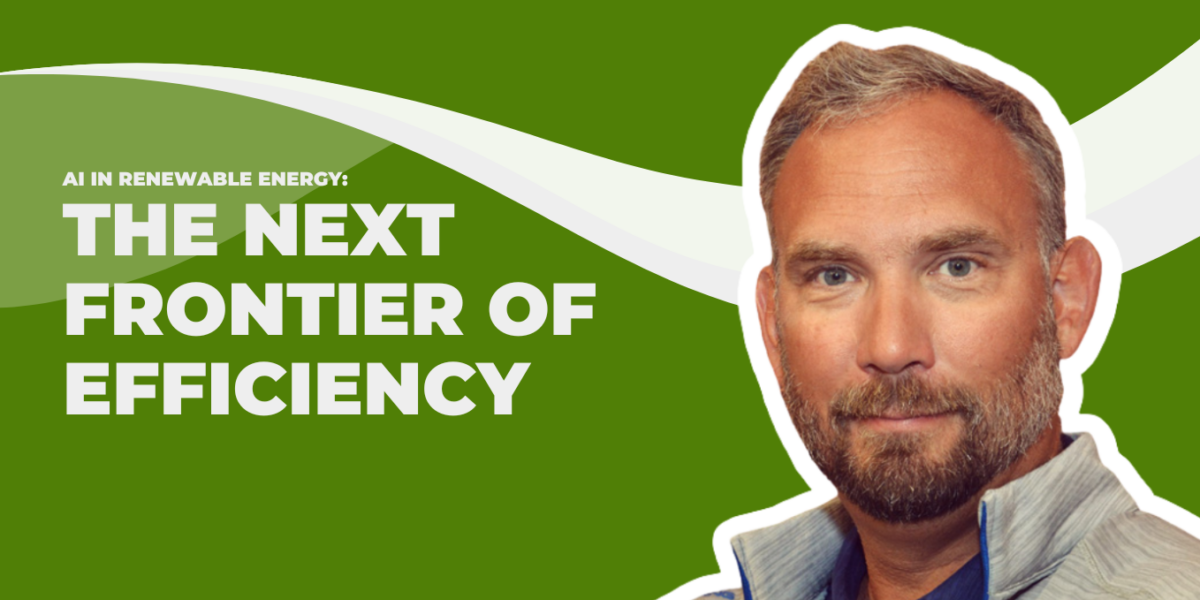Wind Asset Management
Starting with site-level considerations around repair and basic O&M issues, wind operators have a lot on their plates. And for plants that are a few years into operation, wind asset managers need to make decisions around service agreements.
One of the most important of these choices, in a quickly expanding market of service providers, is whether to contract services from the Original Equipment Manufacturer (OEM) or an Independent Service Provider (ISP).
So what does that decision come down to?
As an asset manager looking at your portfolio, you’re looking for efficiency in negotiating service contracts. Especially in competitive, mature wind markets (such as Europe) these considerations are driven by cost. What will save you the most money—now, down the line, in efficiency, in repairs, and in proactive maintenance?
The OEMs
Original Equipment Manufacturers (OEMs) know the equipment best. They also tend to offer service packages for the first few years that their product is being used, as set out in a warranty. Once the warranty has expired, project owners and operators can choose to renew their service agreement or look elsewhere (namely, at ISPs or at expanding their team to cover these services in-house).
Traditionally, OEMs owned the market. They guarded their technology and protected their unique trade secrets, and their trained technicians were experts in maintaining or fixing their equipment. The advantages to working with the turbine manufacturer for needed services are straight forward: they know the turbines best and can talk to their own (engineering, design, maintenance) teams about potential issues or faults.
According to Windpower Engineering, they will likely also have better access to vendors and spare parts. However, their vested interested in the performance of their equipment might result in unsavoury situations, such as the downplaying of issues, excluding site operators from decisions, and service not being their biggest business focus.
Still, according to Taylor Wessing, the 2012 prediction that the availability and local expertise of ISPs would give them an increasing advantage over OEMs has not been proven true, with OEMs maintaining market share and even purchasing ISPs to secure market dominance.
The ISPs
Independent Service Providers (ISPs) were largely the underdogs of the service-provider world. Smaller in size and at first scrappy in nature, they made maintenance services and niche jobs (such as leading edge repair) their bread and butter. The exponential growth of ISPs, and along with them the entire market of wind service providers, means owners and asset managers have a lot more freedom to choose exactly what they need on their sites.
The main attractions of turning to an ISP include the potential for added services, reduced costs, as well as an independent voice that operates freely from not being tied to specific parts or vendors (which might also mean reduced expertise and access to spare parts). The main challenges with ISPs boil down to expertise: unlike OEMs, who are masters of a particular product, ISPs work with a variety of equipment types, so it’s critical to confirm that the ISP you select knows your particular equipment backwards and forwards and that the ISP has coverage over the full supply chain (ie spare parts and such) of your particular equipment.
What should you look for?
Whether you work with an ISP or OEM, you’ll want crews to anticipate and take ownership of monitoring turbines in order to meet essential KPIs and perform necessary work—maintenance, troubleshooting, repair, performance/fault analysis and the other tasks set out in the service contract—in a timely manner.
They should follow the procedures their team has in place, and to which you’ve agreed (typically by contract), and monitor the turbines well enough that they can anticipate and take action on issues without needing to be chased down.
Aside from cost, the experience, training, safety procedures, access to spare parts and reputation of the service providers you choose to work with should be top of mind. Prioritize your team and project’s needs (breadth of services versus cost versus speed, for example) and seek several bids from a variety of providers on the needed work.
To help your team turn potentially complex decisions like these into a breeze, use PowerHub to track and communicate with service providers.




